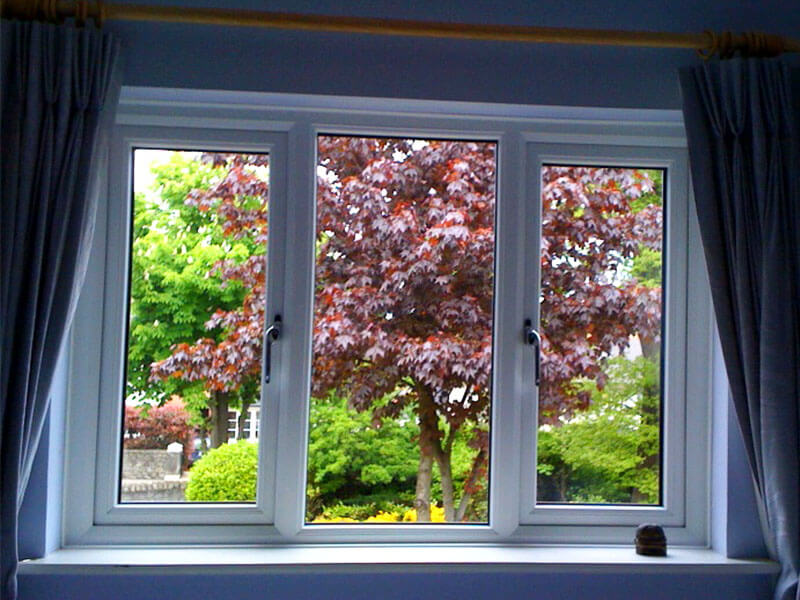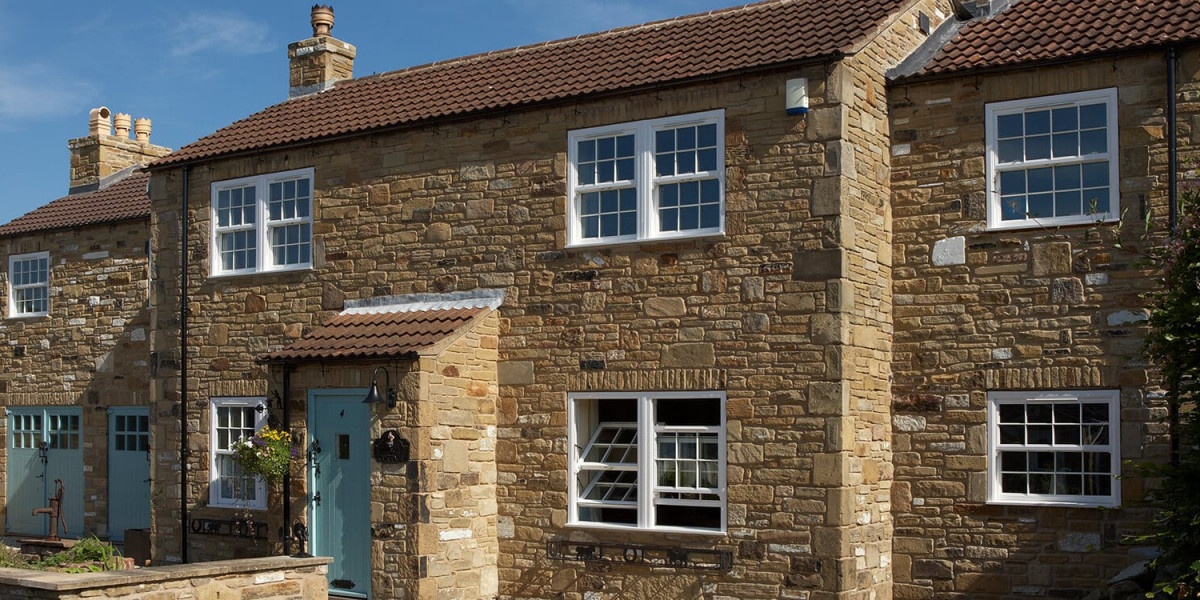Double glazing refers to the use of two panes of glass in a window or door, separated by a space filled with air or gas, which serves as an insulating barrier. This construction method has gained popularity in residential and commercial buildings due to its numerous benefits, including energy efficiency, noise reduction, and enhanced security. This report delves into the various aspects of double glazing, including its advantages, types, installation process, and maintenance tips.
Benefits of Double Glazing
- Energy Efficiency: One of the primary advantages of double glazing is its ability to improve energy efficiency in buildings. By reducing heat loss during colder months and keeping interiors cooler during warmer months, double glazing helps maintain a stable indoor temperature. This not only enhances comfort but also leads to reduced energy bills, as heating and cooling systems do not have to work as hard.
- Noise Reduction: Double glazing effectively reduces external noise, making it an excellent choice for homes located in busy urban areas or near airports. The space between the two panes of glass acts as a sound barrier, minimizing the transmission of sound waves and providing a quieter indoor environment.
- Enhanced Security: Double-glazed windows are more difficult to break compared to single-pane windows, providing an additional layer of security for homes. The presence of two panes of glass makes it harder for intruders to gain access, thereby enhancing the overall safety of the property.
- UV Protection: The glass used in double glazing can be treated to block harmful ultraviolet (UV) rays, which can fade furniture, carpets, and artwork. This UV protection helps preserve the interior aesthetics of a home, extending the life of furnishings and reducing the need for replacement.
- Reduced Condensation: Double glazing minimizes condensation build-up on windows, which can lead to mold and mildew growth. The insulating properties of double glazing help maintain a consistent temperature on the inner pane of glass, reducing the likelihood of condensation forming.
Types of Double Glazing
Double glazing comes in various forms, each designed to meet specific needs and preferences. The most common types include:
- Standard Double Glazing: This type features two panes of glass separated by a spacer bar, with the space often filled with air or argon gas for improved insulation. Standard double glazing is suitable for most residential applications.
- Low-E (Low Emissivity) Glass: Low-E glass has a special coating that reflects heat back into the room while allowing natural light to enter. This type of glazing is particularly effective in reducing energy costs and is often used in energy-efficient buildings.
- Acoustic Double Glazing: Specifically designed to reduce noise pollution, acoustic double glazing incorporates thicker glass panes or specialized laminates that absorb sound waves. This type is ideal for properties in noisy environments.
- Triple Glazing: Although not technically double glazing, triple glazing features three panes of glass and provides even greater insulation and noise reduction. It is commonly used in extremely cold climates where maximum thermal efficiency is required.
- Self-Cleaning Double Glazing: This innovative type of glazing features a special coating that breaks down dirt and debris when exposed to sunlight. Rainwater then washes away the loosened particles, making maintenance easier for homeowners.
Installation Process
The installation of double glazing involves several steps, and it is advisable to hire a professional for the best results. The typical installation process includes:
- Assessment: A professional will assess the property to determine the best type of double glazing for the specific needs and conditions. This assessment may include measuring existing window frames and evaluating the building's design.
- Preparation: Before installation, the existing windows may need to be removed. This process involves carefully taking out old window frames and preparing the opening for the new double-glazed units.
- Installation: The new double-glazed units are then fitted into the prepared openings. Proper sealing is essential to ensure energy efficiency and prevent air or water leaks. The installer will use high-quality sealants to secure the units in place.
- Finishing Touches: After the double glazing is installed, any necessary finishing touches, such as interior and exterior trim, will be completed. The installer will ensure that the windows operate smoothly and that all seals are secure.
- Post-Installation Inspection: A final inspection is conducted to ensure that the installation meets quality standards and that the windows function correctly. Homeowners are often provided with maintenance tips and warranty information at this stage.
Maintenance Tips
While double glazing is designed to be durable and low-maintenance, some care is necessary to ensure longevity and optimal performance:
- Regular Cleaning: Keep the glass clean by washing it periodically with a mild detergent and water. Avoid using abrasive cleaners that can scratch the surface.
- Inspect Seals: Regularly check the seals around the windows for any signs of wear or damage. If seals are compromised, moisture can enter the space between the panes, leading to condensation and reduced insulation.
- Check for Draughts: If you notice draughts around your double-glazed windows, it may indicate that the seals are failing. Addressing this issue promptly can help maintain energy efficiency.
- Professional Servicing: Consider having your double-glazed windows professionally serviced every few years to ensure they remain in good condition. Professionals can identify potential issues and make necessary repairs.
- Addressing Condensation: If condensation appears between the panes, it may indicate a failure in the seal. This requires professional attention, as the affected unit may need to be replaced.
Conclusion
Double glazing offers a multitude of benefits, making it a worthwhile investment for homeowners and property developers alike. Its energy efficiency, noise reduction capabilities, enhanced security, and UV protection contribute to a more comfortable and secure living environment. With various types available and a straightforward installation process, double glazing is an effective solution for modern buildings. Proper maintenance further ensures that double-glazed windows continue to perform optimally, providing lasting value and comfort for years to come.








